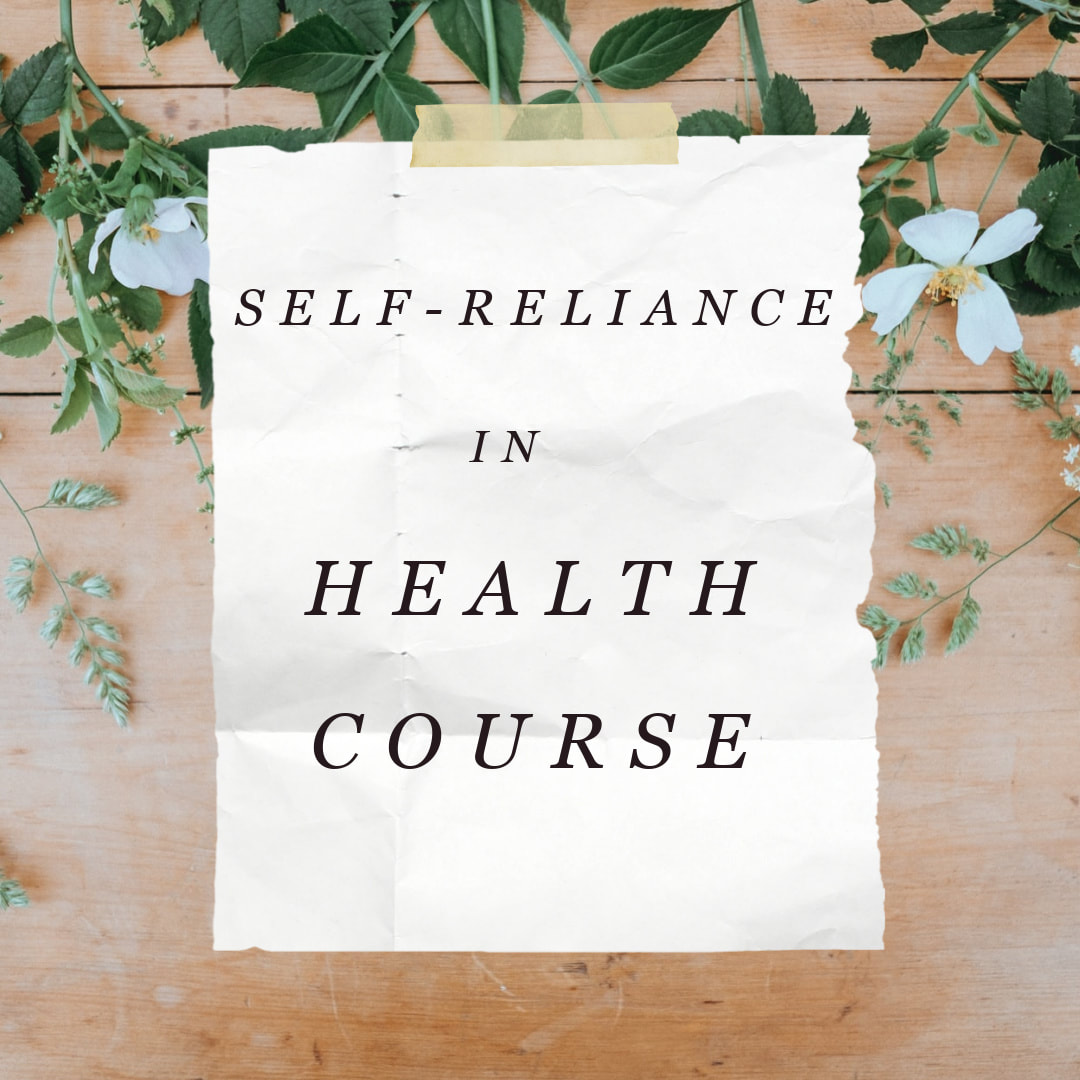Seed Starting and Planting
- Start seeds indoors about 8 weeks before the last frost. I start mine in February since they take a little longer to germinate.
- Keeping them at a consistent temperature of 70 degrees will help them germinate faster.
- Once sprouted move to light as soon as the first shoot appears.
- After the last frost date when the soil has warmed (so if it hasn't warmed after the last frost date - wait until it has) you are now ready to transplant your seedlings outdoors. Every year I actually wait until two weeks after the last frost date just to be sure because peppers despise the cold and I don't want to take any chances with them.
- Be careful when transplanting because pepper roots are very sensitive. Plant in full sun about 12-16 inches apart or one plant per square if doing a square foot garden.
Care
- Consistent moisture is necessary for sweet peppers, so make sure they are always moist.
- Hot peppers like it more dry than wet, giving about an inch of water each week is sufficient. Try not to get the leaves wet when watering, it can cause fungal and wilt infections.
- Mulch around each plant after transplanting. This is important for peppers since they like it warm and the mulch keeps the ground warm, while also holding in moisture and preventing weeds from sprouting.
Companion Planting
- Don't plant with other varieties of peppers since they can cross pollinate, making sweet peppers hot and hot peppers more mild.
- Don't plant near beans.
- Plant with okra, basil and tomatoes.
Harvesting and Preserving
- Harvest anytime depending on how big you want your pepper and what color.
- Cut from the bush, leaving a once inch stem so they will store longer. Don't yank off the plant or you could take the whole plant out.
- Peppers can be dehydrated whole or chopped and then dehydrated.
- Powders - you know how I love to make veggie powders. Did you know you can make your own chili powder, paprika, cayenne powder or any other chili spice just by drying and powdering your peppers? (I will be posting on this come fall).
- They also freeze well. I like to chop them up and spread them over a cookie sheet to freeze. Once frozen break apart and store in a freezer bag. They can be easily thrown into soups, stir fries or other dishes.
- I haven't tried bottling peppers yet but plan to this year, using this recipe from Old World Garden Farms.
Seed Saving
Nutrition and Healing
- vitamin C, vitamin A, Iron, potassium
- hot peppers serve as natural meat preservative
- see my post on cayenne for the medicinal properties of the capsicum species
- Bell pepper nutrition facts from nutrition-and-you.com.




























